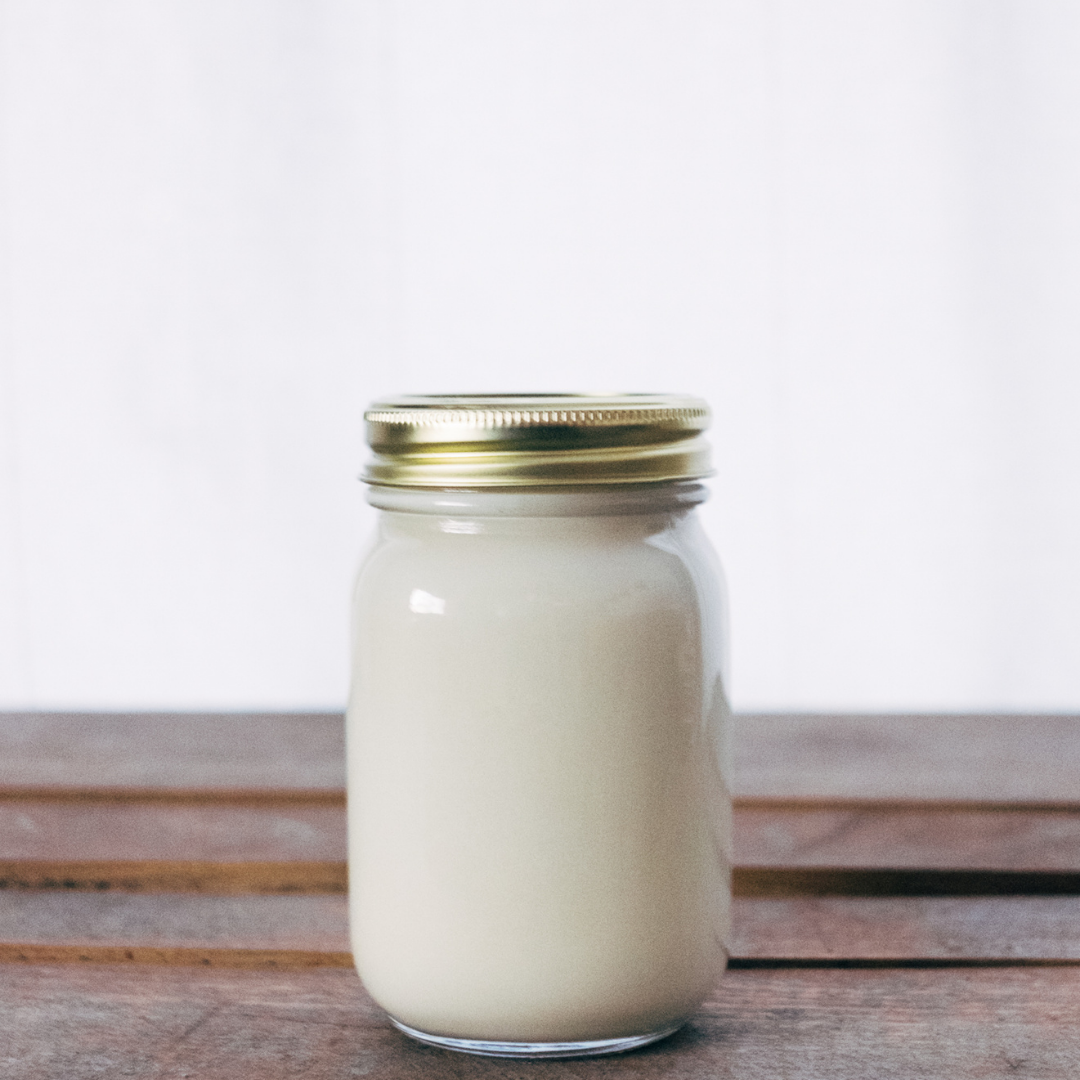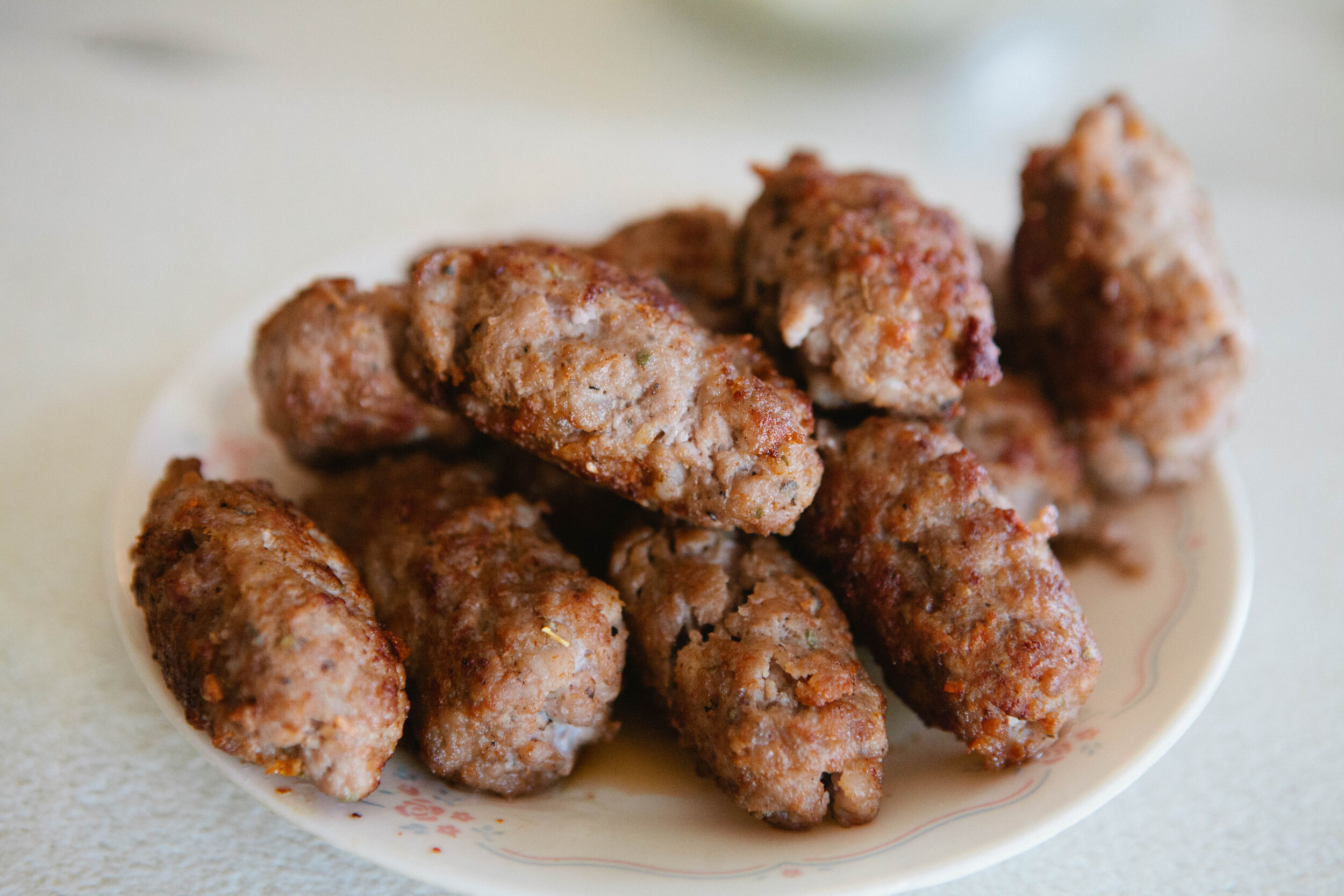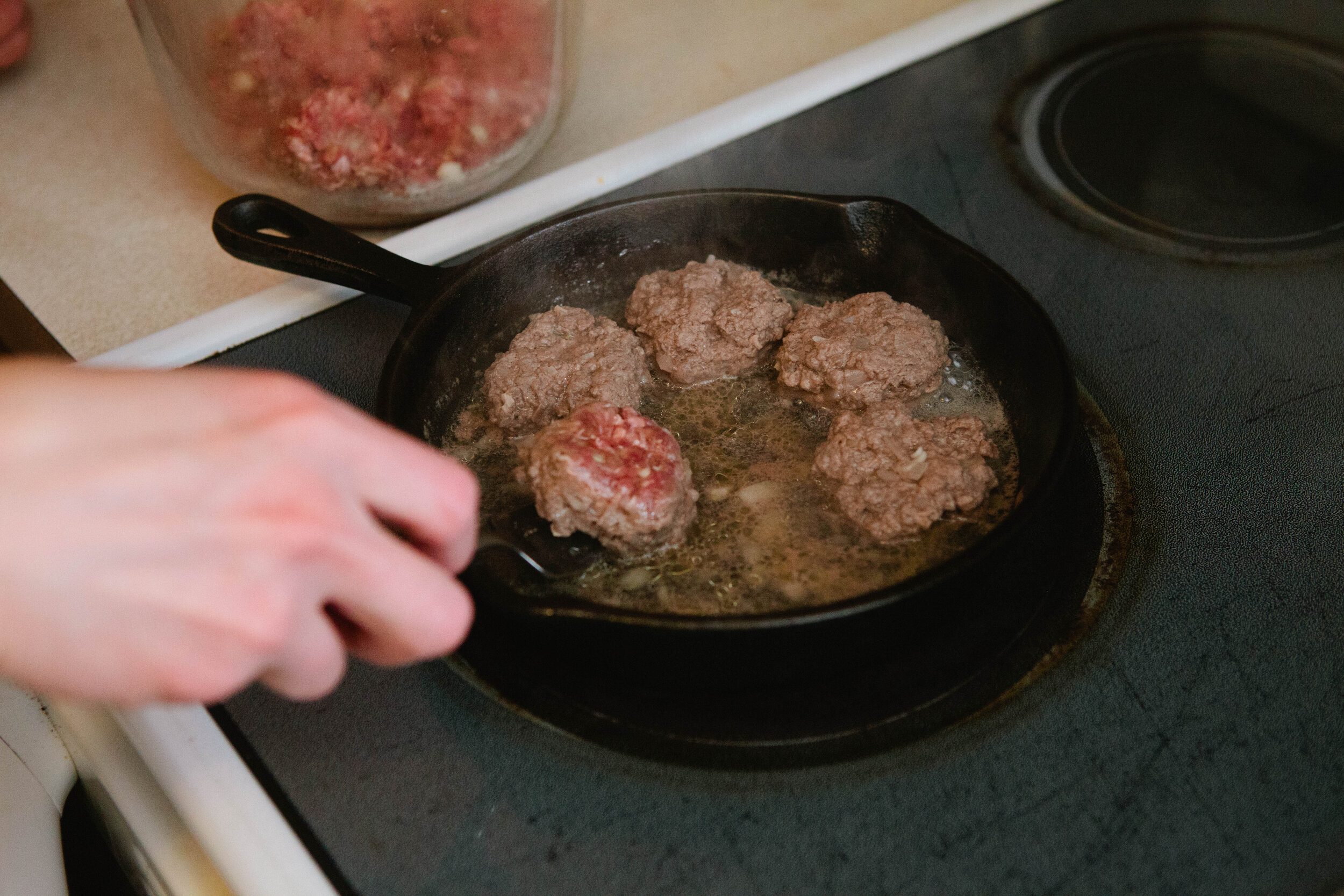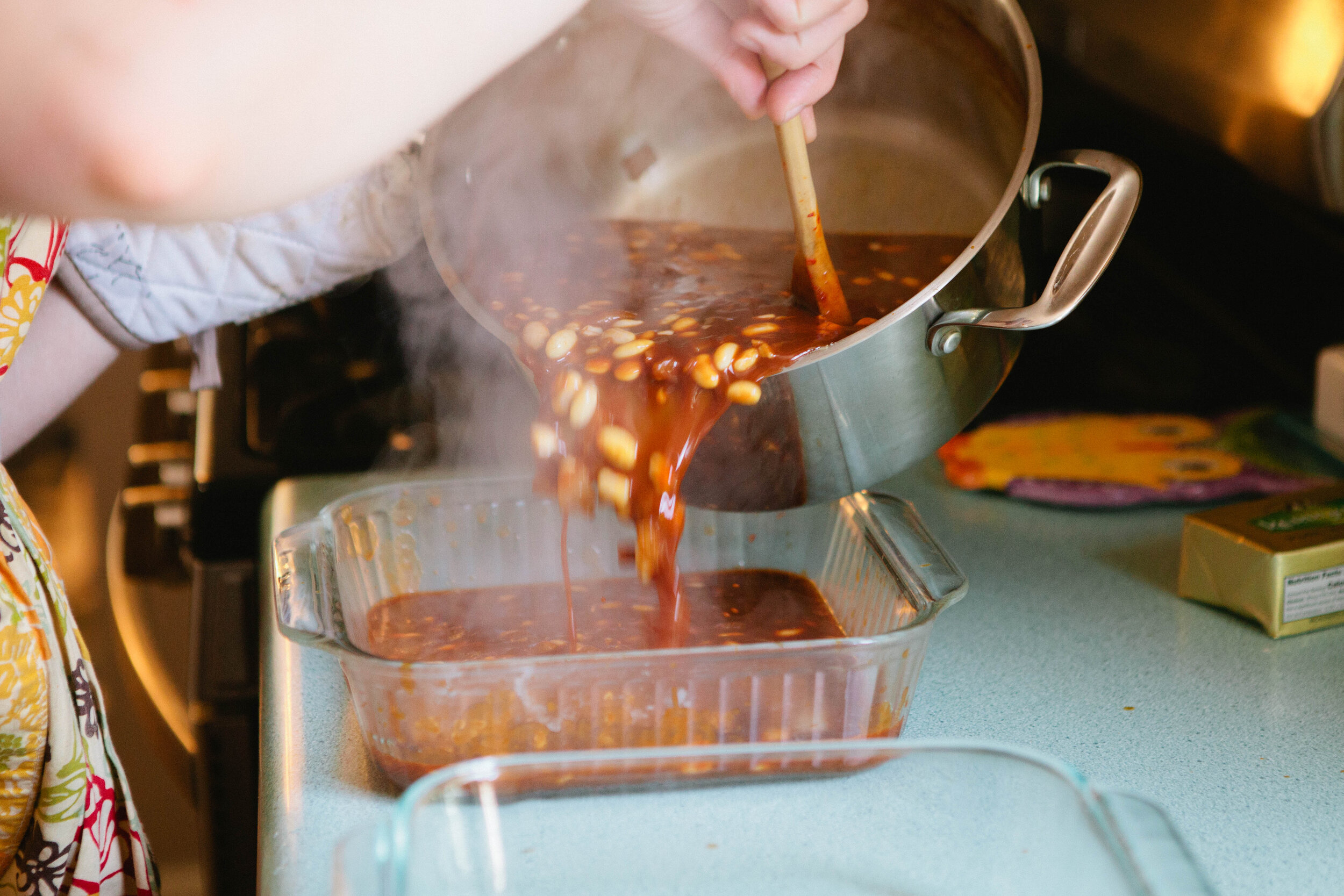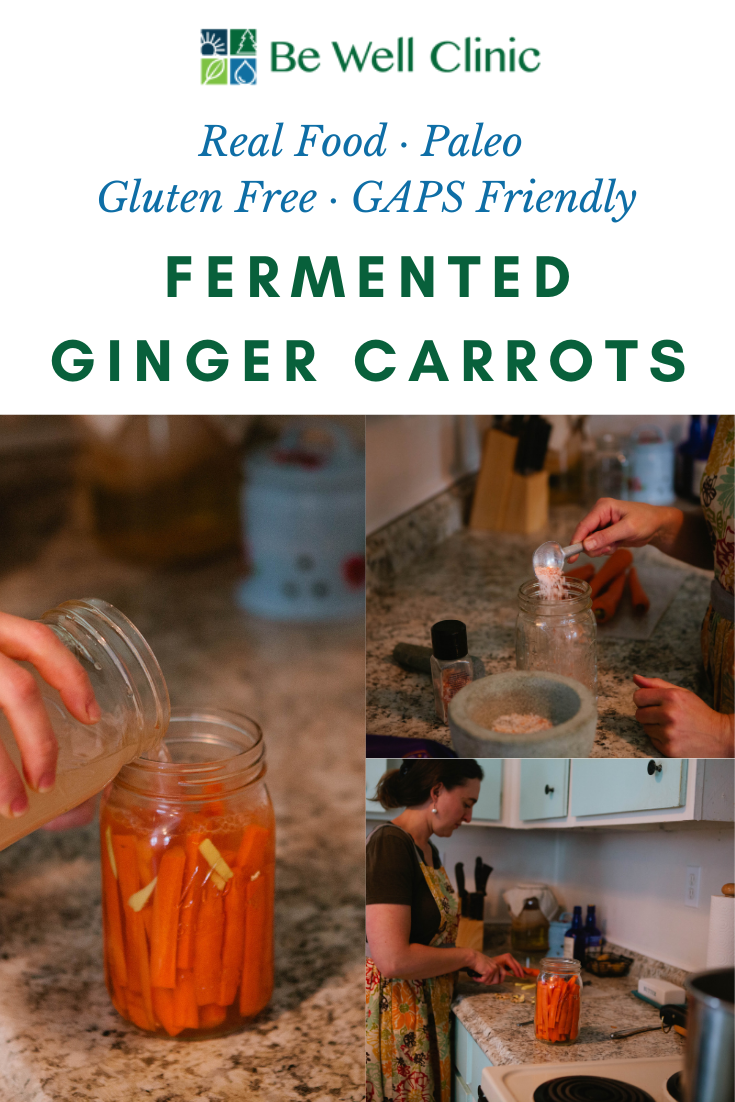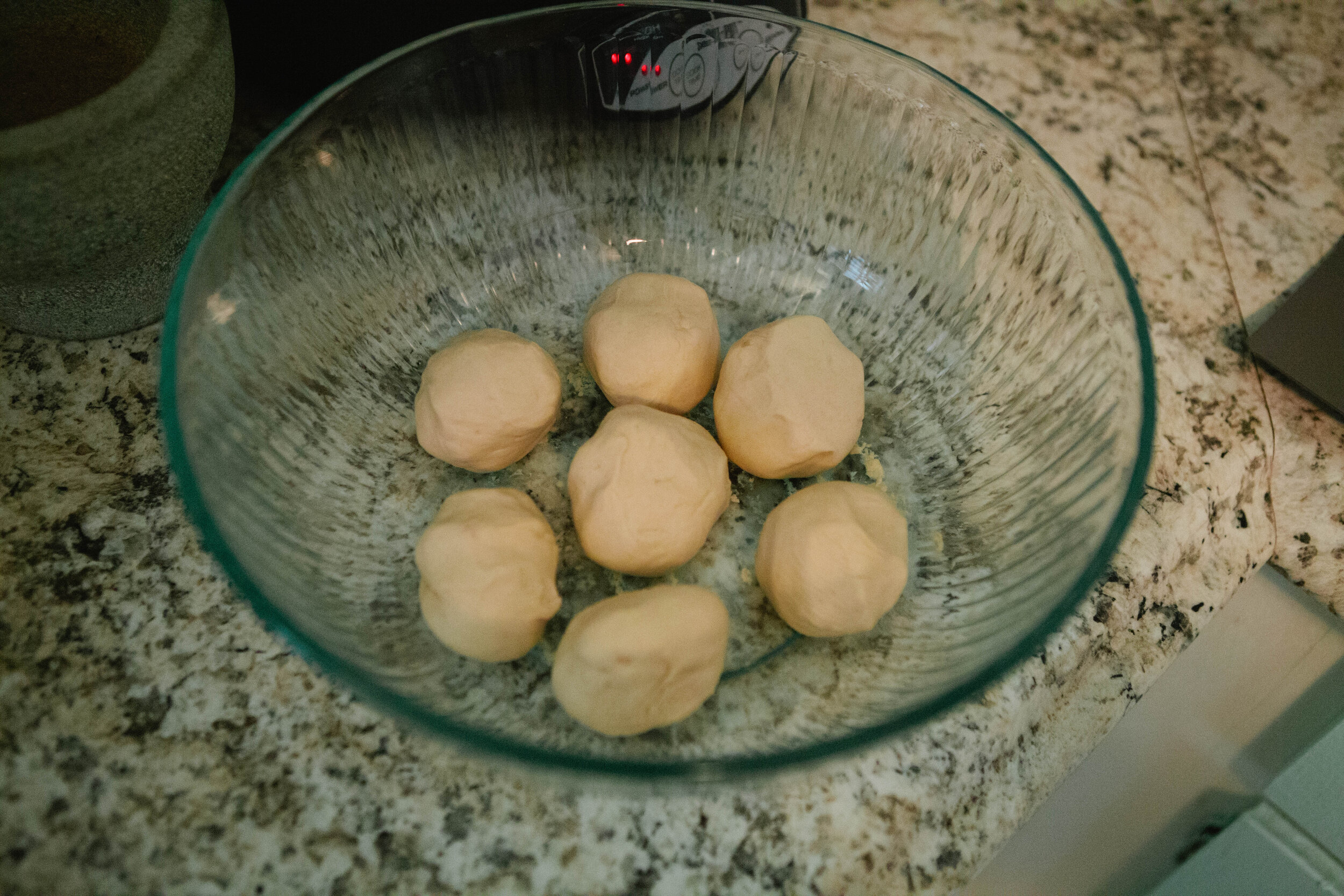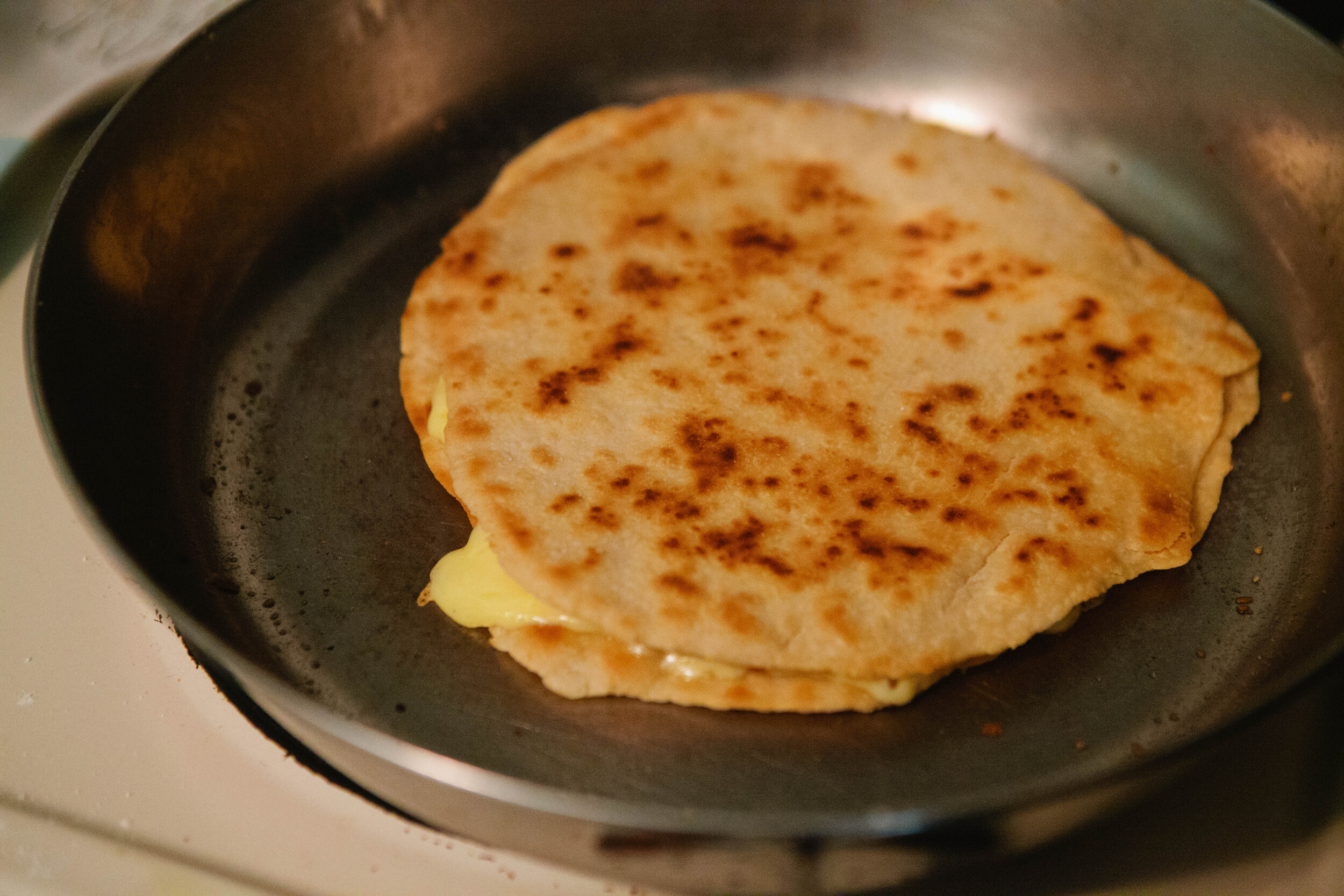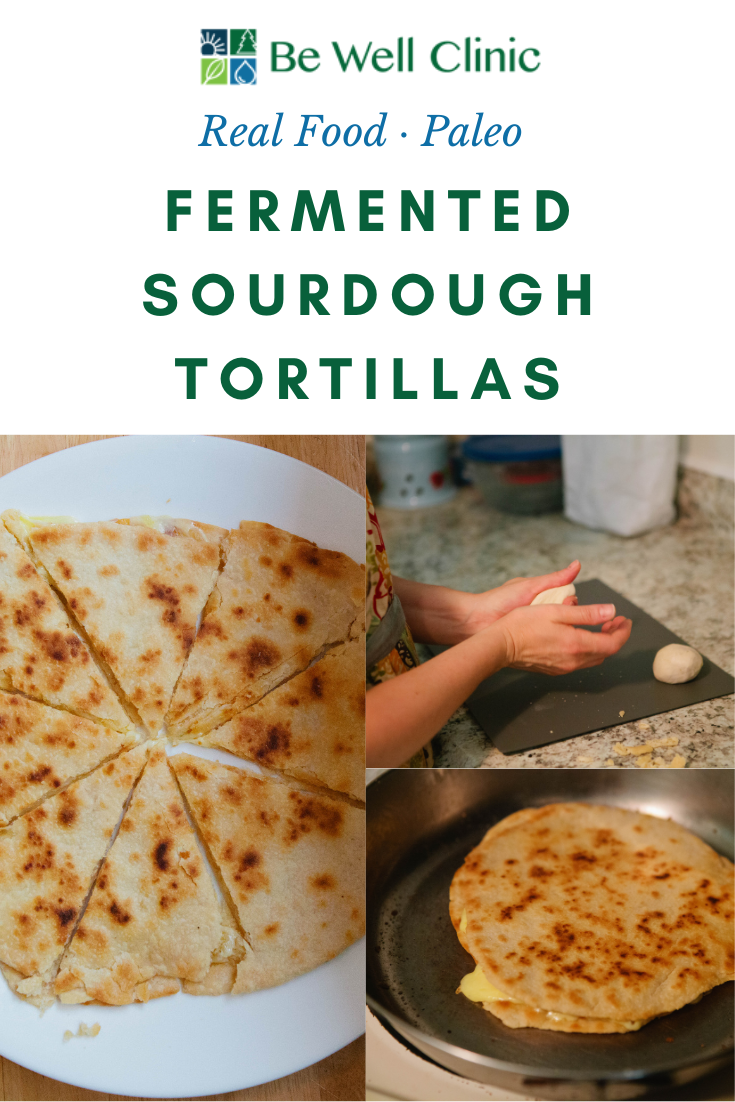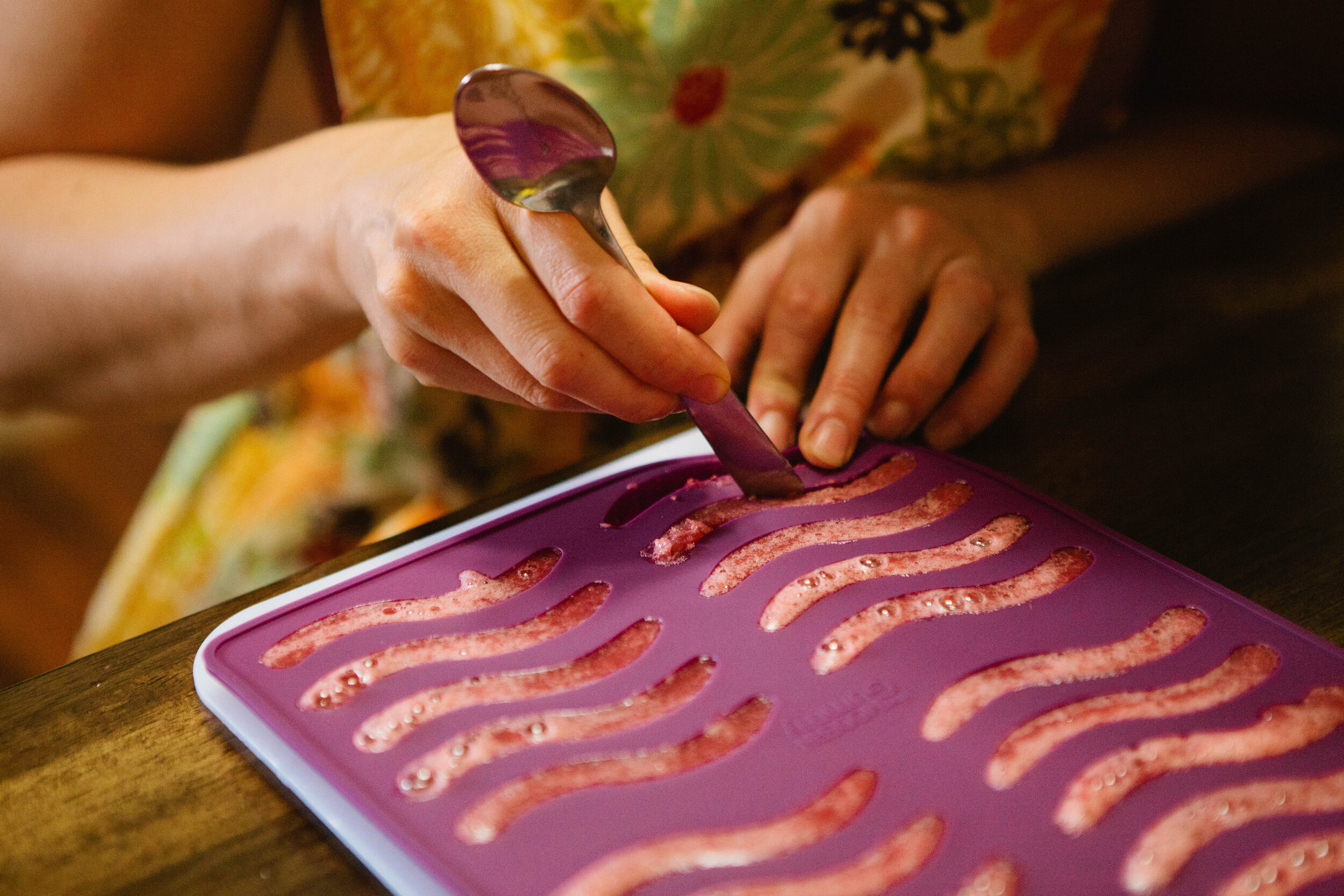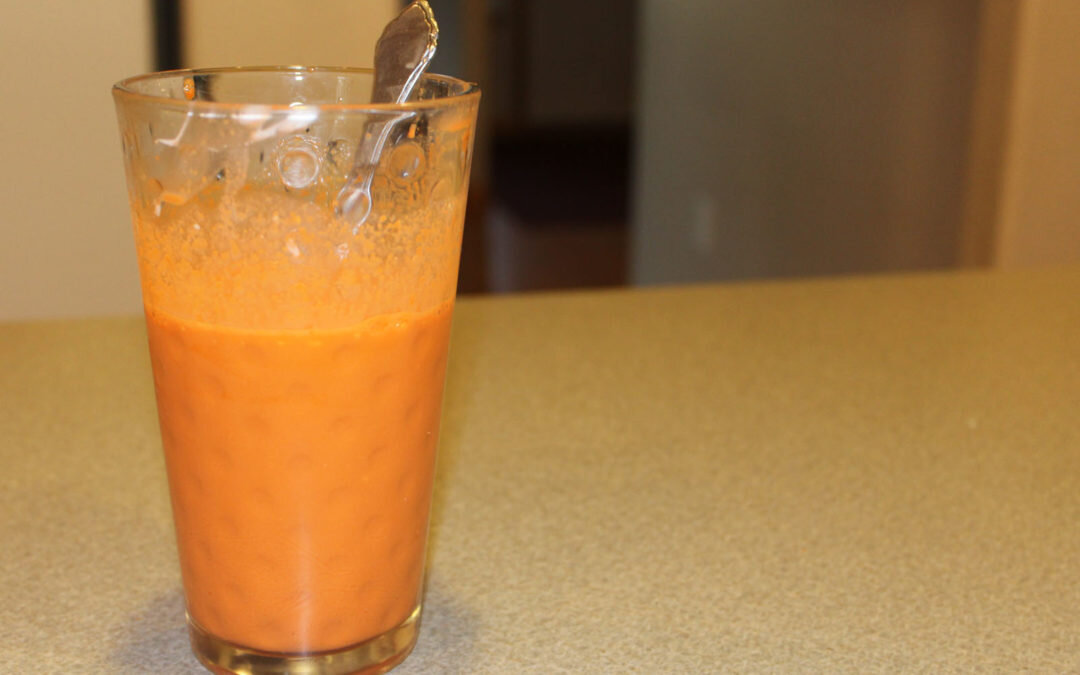Stir fry is a very versatile dish because you can make it out of practically anything and flavor it any way that you want. Certain vegetables do tend to pair with certain flavor profiles so if you’re at a loss of what flavors to use, let your vegetables be your guide.
In my brain, there are two types of stir fry. There is an Asian stir fry that uses soy sauce and a “fresh” stir fry that is merely sauteed vegetables and herbs. While most people may think of stir fry as primarily Asian, my preference most of the time is a “fresh” soy sauceless stir fry.
To make stir fry, simply use any vegetables that you have in the fridge; even ones that are starting to wilt! This is a great way to use up vegetables. Cut them into pieces. Determine the order you will add them to the pan depending on how long they will take to cook i.e. carrots and onions will go in first because they take much longer to cook than tomatoes or greens.
This is also an excellent recipe to practice listening to your body. You can use the vegetable mixture that your body has been interested in, even if they don’t fit another recipe. You can make it as a small, single serving of only the vegetables that you are interested in. For example, for this particular stir fry, I used only the vegetables that I was craving at that time. I had thought about adding onions as well but they didn’t sound very good to me when it came time to cook so I simply didn’t use them!
As you are adding vegetables, keep an eye on the amount of fat in your pan. Some vegetables, such as eggplant or zucchini, will soak up a lot of the fat and you may need to add more as you go. Additionally to get a delicious flavor throughout, add a little salt and herbs each time you add a new vegetable.
You can easily add a cut of meat to the pan, such as thinly sliced chicken or beef strips, for an easy one pot dish or you can serve the stir fry as a side alongside a steak or other meat dish.
Ingredients for Stirfry:
For today’s stir fry I will be using:
Zucchini
Carrots
Bok Choy
Brussel Sprouts
Celery
Peppers
Oregano
Thyme
Rosemary
You will also need the fat of your choice.
Directions for Stirfry:
Cut all your vegetables. I like to keep my vegetables relatively the same size, especially by thickness. I find I much more enjoy spears in stir fry than rounds. Have all your vegetables ready to go before you start cooking your stir fry. Once you start cooking, it will go too fast to be chopping while you are cooking.
To a cast iron pan, add 2-3 tbsp of the fat of your choice. Today I am using tallow. When the fat is simmering in your pan, add your first vegetable.
Continue to add vegetables in the order that it takes for them to be done. Keep an eye on your fat and add more as needed.
Add salt to each vegetable type as you add it. An easy way to do this is to add it to the top of the pan and then salt it as you would as if it was on the table; then stir in to the other vegetables.
Remember that each vegetable will continue to cook as you continue to add other vegetables. It takes practice to know how long to cook vegetables to your desired softness so keep cooking and don’t get discouraged!
Go as bold or as simple with flavors as you want.
Enjoy!
15 Minute Meals: Stirfry
Ingredients
- For today’s stir fry I will be using:
- Zucchini
- Carrots
- Bok Choy
- Brussel Sprouts
- Celery
- Peppers
- Oregano
- Thyme
- Rosemary
- You will also need the fat of your choice.
Instructions
- Cut all your vegetables. I like to keep my vegetables relatively the same size, especially by thickness. I find I much more enjoy spears in stir fry than rounds. Have all your vegetables ready to go before you start cooking your stir fry. Once you start cooking, it will go too fast to be chopping while you are cooking.
- To a cast iron pan, add 2-3 tbsp of the fat of your choice. Today I am using tallow. When the fat is simmering in your pan, add your first vegetable.
- Continue to add vegetables in the order that it takes for them to be done. Keep an eye on your fat and add more as needed.
- Add salt to each vegetable type as you add it. An easy way to do this is to add it to the top of the pan and then salt it as you would as if it was on the table; then stir in to the other vegetables.
- Remember that each vegetable will continue to cook as you continue to add other vegetables. It takes practice to know how long to cook vegetables to your desired softness so keep cooking and don’t get discouraged!
- Go as bold or as simple with flavors as you want.
- Enjoy!

